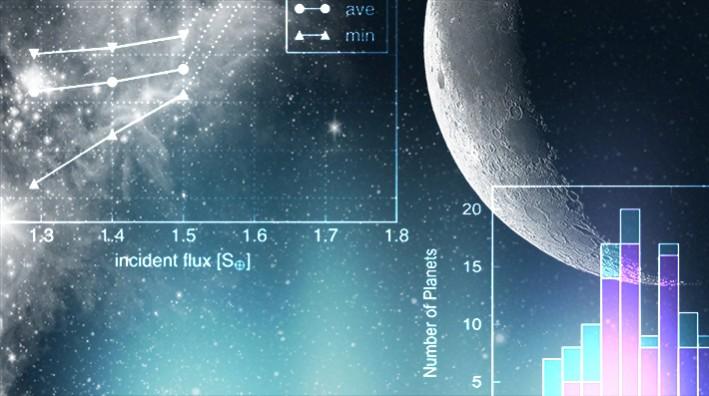
- 15 planets found in all, one of them- the K2-155d -- could potentially host liquid water
- The planets and the their stars, all red dwarfs, are about 200 light years away from Earth
- The K2-155d is about 1.6 times the size of Earth, so it is also the right size for life to bloom
- Nasa's planned launches of TESS and James Webb Telescopes could offer a better insights into the red dwarf systems.
Scientists at the Tokyo Institute of Technology (TITech) have announced the discovery of 15 new exoplanets near the Solar System. One of them could even have liquid water.
These small, cool stars, notes the release put out by the Department of Earth and Planetary Sciences of TITech, are called Red Dwarfs and of is particular interest in the study of planetary formation.
One of the brightest of the red dwarfs, called K2-155 is about 200 light years away from Earth is host to three "transiting super-Earths". They are called super-Earths because they are slightly larger than Earth, and of the three, the outermost one to the star, dubbed K2-155d has been found to be within the planet's Goldilocks zone.
Researchers, led by Teruyuki Hirano based their findings on data collected from Nasa's Kepler spacecraft's second mission and followed it up with ground-based observations from the Nordic Optical Telescope in Spain and the Subaru Telescope in Hawaii reports the release.
Hirano, however, also mentioned that while the planet is in the habitable zone of the star, and that the three-dimensional global climate simulations showed that liquid water is a real possibility, "In our simulations, the atmosphere and the composition of the planet were assumed to be Earth-like, and there's no guarantee that this is the case," he said.
A precise measurement of the radius of the K2-155 star as well as its temperature would be needed to confirm beyond doubt that its outermost star could, in fact, harbor liquid water.
"It's important to note that the number of planets around red dwarfs is much smaller than the number around solar-type stars," says Hirano. "Red dwarf systems, especially coolest red dwarfs, are just beginning to be investigated, so they are very exciting targets for future exoplanet research."
One of the ways this find is unique and exciting from a science point of view is because of the radius gap – a reduced occurrence of planets that have a radius of between 1.5 to 2.0 times that of Earth– that this system exhibits. This is the first time that radius gaps have been noted in red dwarf systems. It is, apparently more common in solar-type systems.
Nasa is planning on launching its Transiting Exoplanet Survey Satellite (TESS) in April this year, and it could open up new discoveries like this one. "TESS is expected to find many candidate planets around bright stars closer to Earth," said Hirano.
"This will greatly facilitate follow-up observations, including investigation of planetary atmospheres and determining the precise orbit of the planets."

















